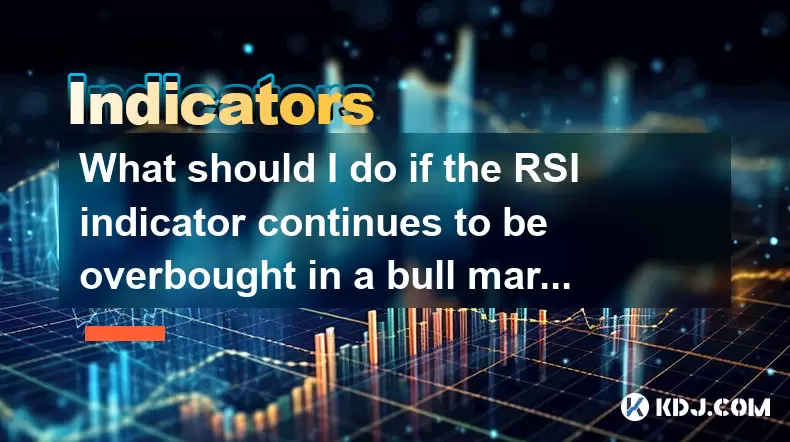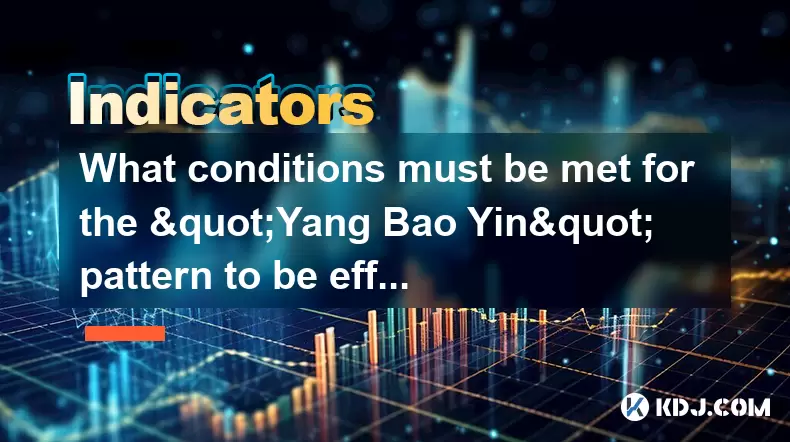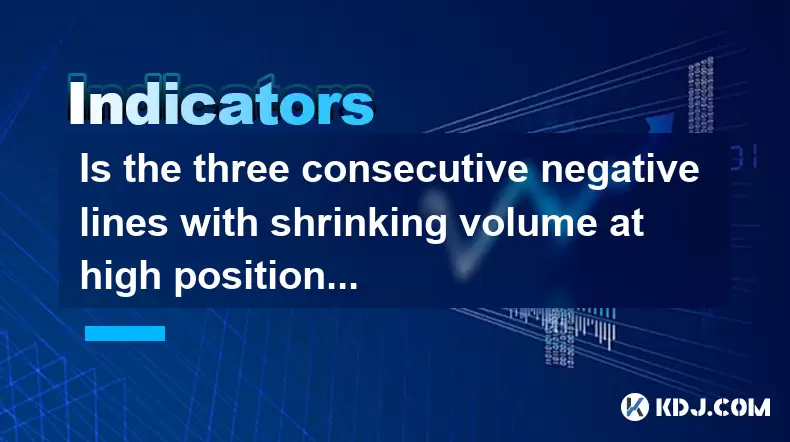-
 Bitcoin
Bitcoin $105,398.5023
1.75% -
 Ethereum
Ethereum $2,555.2076
3.43% -
 Tether USDt
Tether USDt $1.0004
-0.02% -
 XRP
XRP $2.1420
2.09% -
 BNB
BNB $651.8274
1.41% -
 Solana
Solana $146.6120
2.90% -
 USDC
USDC $0.9998
-0.01% -
 Dogecoin
Dogecoin $0.1773
3.19% -
 TRON
TRON $0.2715
0.86% -
 Cardano
Cardano $0.6350
1.86% -
 Hyperliquid
Hyperliquid $41.6576
9.72% -
 Sui
Sui $3.0264
2.34% -
 Bitcoin Cash
Bitcoin Cash $444.9663
11.29% -
 Chainlink
Chainlink $13.2560
2.72% -
 UNUS SED LEO
UNUS SED LEO $9.0324
1.94% -
 Avalanche
Avalanche $19.1824
2.67% -
 Stellar
Stellar $0.2586
1.47% -
 Toncoin
Toncoin $3.0063
2.58% -
 Shiba Inu
Shiba Inu $0.0...01205
4.59% -
 Hedera
Hedera $0.1580
3.52% -
 Litecoin
Litecoin $86.0051
4.95% -
 Polkadot
Polkadot $3.8023
2.34% -
 Ethena USDe
Ethena USDe $1.0005
0.01% -
 Monero
Monero $309.1882
1.96% -
 Dai
Dai $1.0000
0.01% -
 Bitget Token
Bitget Token $4.5486
1.61% -
 Uniswap
Uniswap $7.5266
8.36% -
 Pepe
Pepe $0.0...01113
5.10% -
 Aave
Aave $288.7607
8.66% -
 Pi
Pi $0.5784
4.89%
What should I do if the RSI indicator continues to be overbought in a bull market? How to adjust the overbought zone threshold?
In a bull market, especially in crypto, RSI often stays overbought (above 70) due to strong momentum, signaling sustained strength rather than an imminent reversal.
Jun 13, 2025 at 05:57 pm

Understanding the RSI Indicator in a Bull Market
The Relative Strength Index (RSI) is a momentum oscillator commonly used by traders to assess overbought or oversold conditions of an asset. In a bull market, especially within the cryptocurrency space, prices can remain elevated for extended periods. This often leads to the RSI indicator staying in the overbought zone — typically above 70 — for long stretches. This does not necessarily mean a reversal is imminent. Traders must understand that during strong uptrends, traditional thresholds may not apply consistently.
Cryptocurrency markets are known for their volatility and rapid price movements. Therefore, relying solely on standard RSI levels without context could lead to premature exits from profitable trades. The key lies in adapting your interpretation of RSI based on prevailing market conditions.
Why Does RSI Stay Overbought in a Bull Market?
In a bull market, particularly one fueled by positive sentiment and increasing demand, buying pressure remains dominant. As a result, pullbacks are shallow and brief, keeping upward momentum intact. When RSI stays above 70, it reflects sustained strength rather than exhaustion. This phenomenon is more pronounced in crypto due to its speculative nature and the tendency of large pumps to occur with little correction.
For example, during Bitcoin’s rally in late 2023, RSI remained above 70 for weeks without a significant drop below that level. Traders who exited positions based solely on overbought readings missed substantial gains. It's crucial to recognize that RSI is a relative measure and should be interpreted differently depending on the trend's strength and duration.
Adjusting the Overbought Threshold in a Bull Market
To better align the RSI with current market dynamics, many traders adjust the overbought threshold upwards. Instead of using the default 70, they may set it at 80 or even higher during strong rallies. This helps filter out false signals and keeps you aligned with the prevailing momentum.
- Analyze historical RSI behavior during previous bull phases of the asset.
- Observe how high RSI has gone before meaningful corrections occurred.
- Test different threshold levels (e.g., 75, 80, 85) on past charts to see which ones align best with actual turning points.
- Use multiple timeframes to confirm if the adjusted level holds across daily, weekly, and hourly charts.
By customizing the overbought level to match the current trend, you can reduce premature sell-offs and ride the momentum longer.
Combining RSI with Other Indicators for Confirmation
Using RSI in isolation can be misleading, especially in trending markets. To increase reliability, combine it with other tools:
- Moving Averages: Use the 20-day and 50-day exponential moving averages (EMA) to identify the trend direction. If both are sloping upward, it confirms a bullish bias.
- Volume Analysis: Rising volume during up moves supports continued strength. Sudden drops in volume might signal weakening momentum.
- Trendlines and Support Levels: Watch for breaks below key support zones as potential reversal signs.
- MACD (Moving Average Convergence Divergence): Helps identify shifts in momentum and can act as a confirmation tool when divergences appear.
Divergence between price and RSI is a critical signal. For instance, if the price makes new highs but RSI fails to do so, it suggests weakening momentum and could precede a correction.
Practical Steps to Adjust Your RSI Settings
Modifying your RSI settings requires a methodical approach. Here’s how to proceed:
- Access your trading platform’s indicator settings (e.g., TradingView, Binance, or MetaTrader).
- Locate the RSI configuration panel.
- Change the default overbought level from 70 to a higher value, such as 80 or 85.
- Adjust the lookback period if needed; some traders use a longer period (e.g., 14 to 21) to smooth out noise.
- Apply the changes and observe how the modified RSI behaves against recent price action.
- Backtest the new settings on historical data to evaluate performance.
Ensure that the visual representation of RSI reflects the updated thresholds clearly. Most platforms allow customization of overbought/oversold lines, helping you visually distinguish the new zones.
Risks and Considerations When Modifying RSI Parameters
While adjusting the RSI can enhance its effectiveness in bull markets, there are risks involved:
- Overfitting to current market conditions may reduce its usefulness in future scenarios.
- Delayed signals can occur if thresholds are set too high, causing you to miss early signs of a reversal.
- False confidence in trend continuation may lead to holding positions too long without adequate risk management.
It’s essential to maintain flexibility and reassess your RSI parameters periodically. Always use stop-loss orders and position sizing strategies to protect capital, regardless of how confident you feel about the trend.
Frequently Asked Questions
Q: Can I use a dynamic RSI threshold instead of a fixed one?
Yes, some advanced traders use adaptive RSI models that change based on volatility or trend strength. These models can provide more accurate signals in varying market conditions.
Q: Should I adjust RSI settings for different cryptocurrencies?
Absolutely. Each crypto asset has unique volatility characteristics. What works for Bitcoin may not work for altcoins like Ethereum or Solana.
Q: Is it safe to ignore RSI completely in a strong bull market?
No, ignoring RSI entirely removes a valuable tool for spotting potential reversals. However, interpreting it differently — such as looking for divergence — can be more effective.
Q: How often should I review my RSI settings?
Review them whenever there’s a noticeable shift in market structure or after major news events that impact price behavior.
Disclaimer:info@kdj.com
The information provided is not trading advice. kdj.com does not assume any responsibility for any investments made based on the information provided in this article. Cryptocurrencies are highly volatile and it is highly recommended that you invest with caution after thorough research!
If you believe that the content used on this website infringes your copyright, please contact us immediately (info@kdj.com) and we will delete it promptly.
- Hyperliquid's HYPE token has reached a new all-time high
- 2025-06-14 11:20:13
- Introduction to Pump.fun Token Launch Progress
- 2025-06-14 11:20:13
- Introduction: The Dawn of Altcoin ETF Summer
- 2025-06-14 11:15:13
- Coinbase vs. Crypto.com - Which exchange is right for you?
- 2025-06-14 11:15:13
- The 50‑day moving average for Dogecoin recently dipped below the 200‑day
- 2025-06-14 11:10:12
- mETH Protocol Integrates with Hong Kong–based OSL to Expand Institutional Access to Liquid Staking
- 2025-06-14 11:10:12
Related knowledge

How to calculate the probability of trend continuation after the MACD column divergence?
Jun 14,2025 at 08:01am
Understanding MACD Column DivergenceThe Moving Average Convergence Divergence (MACD) is a widely used technical indicator in cryptocurrency trading. The MACD column, also known as the histogram, represents the difference between the MACD line and the signal line. When price makes a new high or low but the MACD histogram does not confirm this movement, a...

What are the volume requirements for adjusting the K line in the "rising three methods" pattern?
Jun 14,2025 at 07:50am
Understanding the 'Rising Three Methods' Pattern in Cryptocurrency TradingThe 'rising three methods' pattern is a bullish continuation candlestick formation that traders often use to identify potential upward momentum in cryptocurrency price charts. This pattern typically appears during an uptrend and suggests that the trend is likely to continue after ...

What conditions must be met for the "Yang Bao Yin" pattern to be effective?
Jun 14,2025 at 06:42am
Understanding the 'Yang Bao Yin' Pattern in Cryptocurrency TradingThe Yang Bao Yin pattern is a candlestick formation commonly observed in technical analysis within the cryptocurrency market. This pattern typically signals a potential bullish reversal after a downtrend. However, for this pattern to be effective and reliable, certain conditions must be m...

Is the three consecutive negative lines with shrinking volume at high positions a signal that the main force has finished shipping?
Jun 14,2025 at 09:56am
Understanding the Concept of Three Consecutive Negative LinesIn cryptocurrency trading, three consecutive negative lines refer to a situation where an asset's price chart shows three successive candlesticks with closing prices lower than their opening prices. This pattern typically indicates bearish sentiment in the market. When this occurs at high posi...

Is it an opportunity for the long positive line with large volume to break through the platform and then shrink back?
Jun 14,2025 at 04:42am
Understanding the Long Positive Line with Large VolumeIn technical analysis, a long positive line refers to a candlestick pattern where the closing price is significantly higher than the opening price, often indicating strong buying pressure. When this occurs alongside large volume, it suggests that market participants are actively involved in pushing t...

How to grasp the 60-minute KD oversold + 15-minute bottom divergence?
Jun 14,2025 at 06:15am
Understanding the 60-Minute KD Oversold SignalThe KD indicator, also known as the Stochastic Oscillator, is a momentum oscillator that compares a particular closing price of a cryptocurrency to its price range over a given time period. When analyzing 60-minute charts, traders often look for oversold conditions in the KD line, which typically occur when ...

How to calculate the probability of trend continuation after the MACD column divergence?
Jun 14,2025 at 08:01am
Understanding MACD Column DivergenceThe Moving Average Convergence Divergence (MACD) is a widely used technical indicator in cryptocurrency trading. The MACD column, also known as the histogram, represents the difference between the MACD line and the signal line. When price makes a new high or low but the MACD histogram does not confirm this movement, a...

What are the volume requirements for adjusting the K line in the "rising three methods" pattern?
Jun 14,2025 at 07:50am
Understanding the 'Rising Three Methods' Pattern in Cryptocurrency TradingThe 'rising three methods' pattern is a bullish continuation candlestick formation that traders often use to identify potential upward momentum in cryptocurrency price charts. This pattern typically appears during an uptrend and suggests that the trend is likely to continue after ...

What conditions must be met for the "Yang Bao Yin" pattern to be effective?
Jun 14,2025 at 06:42am
Understanding the 'Yang Bao Yin' Pattern in Cryptocurrency TradingThe Yang Bao Yin pattern is a candlestick formation commonly observed in technical analysis within the cryptocurrency market. This pattern typically signals a potential bullish reversal after a downtrend. However, for this pattern to be effective and reliable, certain conditions must be m...

Is the three consecutive negative lines with shrinking volume at high positions a signal that the main force has finished shipping?
Jun 14,2025 at 09:56am
Understanding the Concept of Three Consecutive Negative LinesIn cryptocurrency trading, three consecutive negative lines refer to a situation where an asset's price chart shows three successive candlesticks with closing prices lower than their opening prices. This pattern typically indicates bearish sentiment in the market. When this occurs at high posi...

Is it an opportunity for the long positive line with large volume to break through the platform and then shrink back?
Jun 14,2025 at 04:42am
Understanding the Long Positive Line with Large VolumeIn technical analysis, a long positive line refers to a candlestick pattern where the closing price is significantly higher than the opening price, often indicating strong buying pressure. When this occurs alongside large volume, it suggests that market participants are actively involved in pushing t...

How to grasp the 60-minute KD oversold + 15-minute bottom divergence?
Jun 14,2025 at 06:15am
Understanding the 60-Minute KD Oversold SignalThe KD indicator, also known as the Stochastic Oscillator, is a momentum oscillator that compares a particular closing price of a cryptocurrency to its price range over a given time period. When analyzing 60-minute charts, traders often look for oversold conditions in the KD line, which typically occur when ...
See all articles

























































































